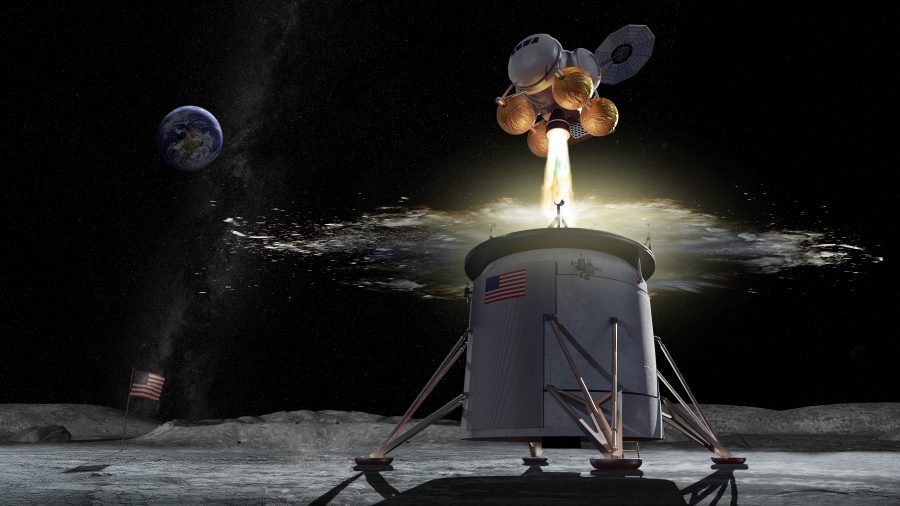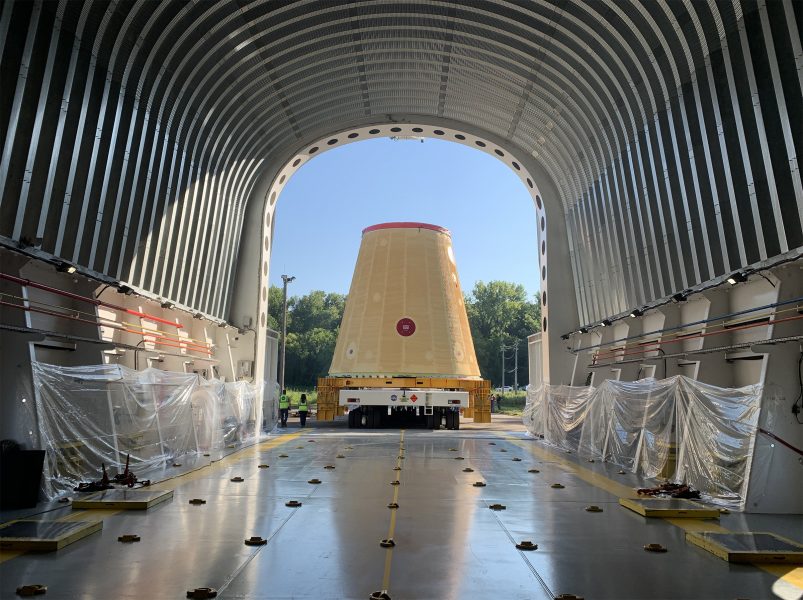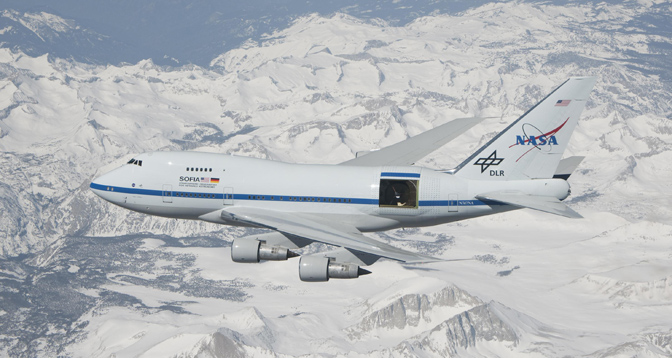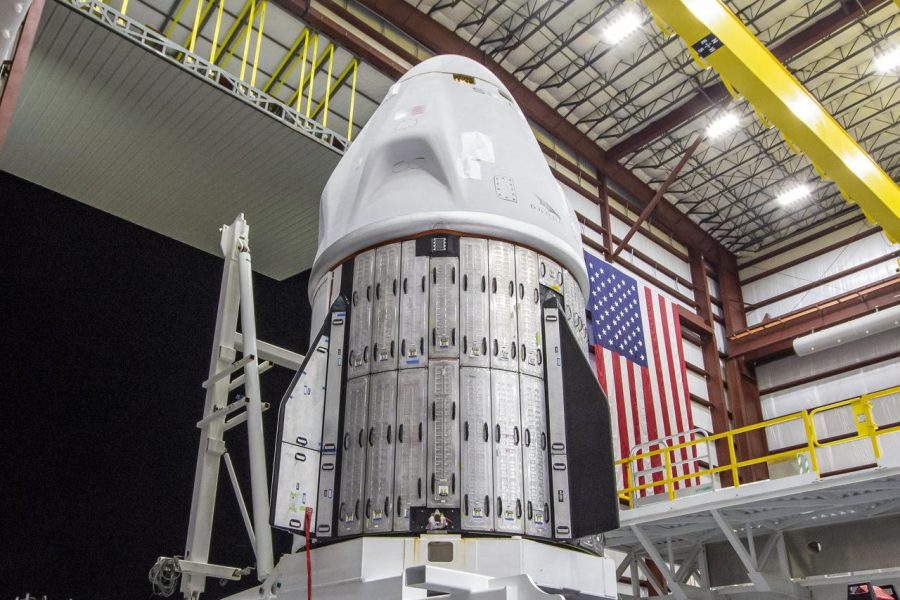The latest NASA budget proposal would invest in science in a big way, including a large increase in funding for space exploration.

NASA
The Biden Administration revealed its $769 billion discretionary request for non-defense spending on Friday, April 9th for fiscal year 2022. Two notable parts of the proposal were $10.2 billion for the National Science Foundation and $24.7 billion for NASA. If enacted by Congress later this year, the NASA budget would represent a hefty $1.5 billion (6.3%) increase over the the space agency's current budget, the largest gain since 2017.
“The president’s discretionary request increases NASA’s ability to better understand Earth and further monitor and predict the impacts of climate change,” said NASA acting administrator Steve Jurczyk in a recent press release. “It also gives us the necessary resources to continue advancing America’s bipartisan Moon to Mars exploration plan, including landing the first woman and first person of color on the Moon under the Artemis program.”
The proposed increase comes at a crucial time, as the agency initiates missions to Europa and Titan, plans a first-ever sample return from Mars, continues crewed missions to the International Space Station (ISS), and continues full steam ahead with the Artemis initiative to return humans to the Moon.
"It's a promising start, and the numbers they shared (in the request) all point in the right direction," says Casey Dreier (Planetary Society). "But we are still very short on details, particularly at the program level for the sciences and for their plans on human lander development for Artemis."
The recent omnibus budget request doesn’t yet give a program-by-program breakdown for funding, though that’s expected to be announced shortly. NASA administrators did, however, highlight some key areas that the FY2022 request covers in detail.
What’s in NASA Budget Proposal
Under the proposal, the Artemis initiative alone would receive $6.9 billion, $325 million more than FY2021. The funding would go toward development of the Lunar Gateway, a lunar lander, and the Space Launch System (SLS) rocket, now slated to make its inaugural uncrewed flight in November 2021.

NASA / MSFC / Fred Deaton
The budget request makes mention (without solid numbers) of continuing development of the Europa Clipper, set for launch in late 2024, and the Dragonfly rotorcraft, due to head to Titan, Saturn’s largest moon, in 2027.
The Nancy Grace Roman Space Telescope — threatened with termination in early 2020 — was saved in the finalized FY2021 budget, and is named for continuation in the NASA FY2022 proposal. The astronomy community had prioritized the 2.4-meter Roman Telescope in its last decadal survey: An infrared workhorse, it will address key questions in cosmology and exoplanet research.
The discretionary funding request also highlights the Mars sample return initiative, a multi-spacecraft mission that will collect samples cached by the Perseverance rover currently exploring Jezero Crater. Northop Grumman was recently awarded an $84.5 million contract to develop the Mars ascent vehicle as part of the sample return.
The request makes no mention of the Stratospheric Observatory for Infrared Astronomy (SOFIA). The flying infrared observatory was highlighted for termination in 2020. Although it's active now after being grounded for several months due to the pandemic, a report from the NASA Inspector General Office in late 2020 notes that the program has not "met operational or science productivity expectations," citing the small amount of research it produces versus balloon-borne and space-based assets. It's worth noting, though, that while other platforms may outperform SOFIA or operate at lower cost, the flying observatory does offer the flexibility to go after tough targets of opportunity worldwide, such as chasing after the shadows of Pluto and 486958 Arrokoth in support of New Horizons.

NASA / Jim Ross
The budget proposal would also increase space technology research by $325 million to $1.4 billion and aeronautics research by $86 million dollars to $915 million in order to develop aviation, innovative technology, and commercial space industry.
NASA will continue to rely on SpaceX and Orbital Sciences to bring crew and cargo to the ISS in the near-term, under the Commercial Orbital Transportation Services (COTS) program. Watch for Rocket Lab to join the fray as it begins to carry out small satellite orbital launches from NASA's Wallops flight facility on the Virginia coast this May. NASA would receive $3 billion for continued operation of the ISS in FY2022.

SpaceX
The new request would also return NASA to advancing research in Earth climate science, which took a deep cut under the previous administration. Specifically, Earth Science programs at NASA would receive a $250 million increase to $2.3 billion. Science, Technology, Engineering and Mathematics (STEM) initiatives would also receive $20 million dollars, a 16% increase over FY2021.
Real vs. Proposed: The Case of 2021
Of course, what’s asked for initially in any congressional budget usually only bears a vague resemblance to what’s actually enacted later on in the year. For example, the initial request for FY21 in early 2020 called for a 12% increase in NASA’s budget, to a record $25.5 billion dollars. Ultimately, however, Congress approved a $23.2 billion dollar budget for NASA in December 2020, a 2.7% increase over 2020, but lower than initially asked for. Despite the lower overall total, the enacted budget also reinstated some programs terminated in the request, including the Roman Telescope as well as two Earth-observing missions.
Rocket science may be easy, but funding it is always hard. We’ll wait and see how things shake out as 2021 moves on.
 3
3








